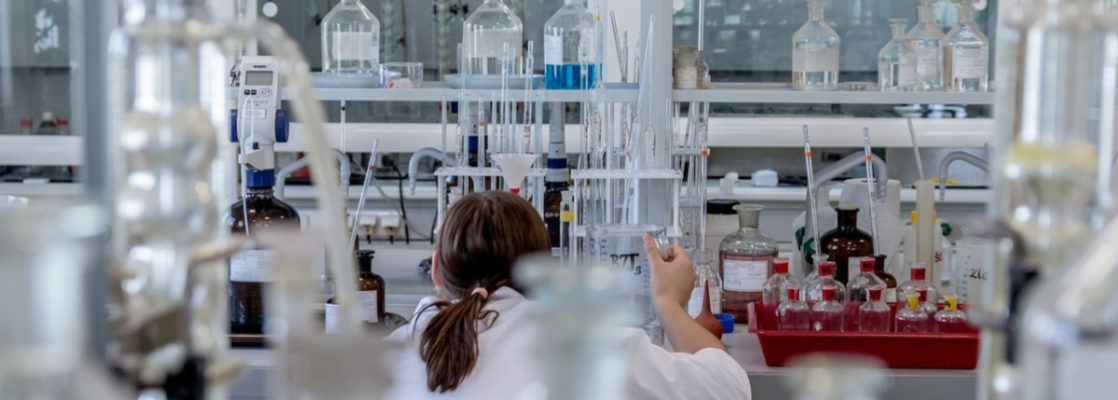
In today’s fast-paced healthcare environment, professionals must stay updated with new methods and approaches that strengthen their ability to respond to patient needs. Developing practical capabilities through urgent care training prepares practitioners to make confident decisions under pressure. These skills are particularly valuable in settings where timely intervention can significantly influence recovery. When addressing complex injuries in a clinical or onsite environment, injury management courses enhance understanding of assessment and recovery principles. This training not only broadens individual skillsets but also supports the collective performance of medical teams.
Quality healthcare depends on more than theoretical knowledge—it requires adaptability, clear judgement, and a solid grasp of real-world application. Clinicians who take the time to extend their practical learning often find they’re better equipped to respond quickly and effectively. They can interpret symptoms earlier, apply appropriate first-line care, and create informed referral pathways when specialist intervention is necessary. These strengths enable patients to navigate the care system more smoothly, thereby reducing delays and complications.
In regional and remote areas, workers often face a wide range of medical incidents, frequently with limited resources. In such situations, well-trained personnel make a significant difference in how health issues are addressed. From handling soft tissue damage to assessing musculoskeletal injuries, applied clinical experience provides the confidence and clarity required in high-pressure moments. It’s this frontline readiness that often determines the quality of care received before hospitalisation is even considered.
Practitioners who consistently upskill are also able to take on greater responsibility within their teams. Whether in a hospital ward, community clinic, or industrial workplace, having people who can assess, triage, and implement the proper care protocols ensures continuity and trust. These individuals often become mentors and leaders within their field, creating an environment that fosters continuous learning.

Hands-on training, which includes scenario-based practice, also promotes teamwork. When professionals work together in controlled simulations, they learn how to communicate effectively, manage shared responsibilities, and support one another throughout the patient care journey. These are the types of environments where clinical decision-making is sharpened and stress management techniques are reinforced.
Another benefit of improving practical skills is increased patient confidence. When patients see their care providers acting decisively, explaining options clearly, and performing procedures with ease, they’re more likely to feel safe and supported. This trust can improve cooperation with treatment plans and enhance recovery experiences.
For those who work in industries where injuries are more common—such as construction, transportation, and manufacturing—being able to apply efficient, informed care at the time of the incident reduces complications and helps people return to work sooner. It also demonstrates a strong duty of care from the employer, showing that worker wellbeing is a genuine priority.
Courses that offer realistic medical scenarios, guided feedback, and small group interaction often have the most significant impact. Participants aren’t just learning by watching or reading—they’re moving through challenges, using equipment, and applying new methods in near-real conditions. These immersive experiences make the lessons stick, helping people recall the proper actions when they’re truly needed.
Ultimately, investing in hands-on clinical education strengthens the entire healthcare network. From better first contact care to reduced wait times and faster rehabilitation, the ripple effects benefit everyone involved. Those who commit to continuous learning aren’t just developing their careers—they’re helping build a more resilient, responsive system that delivers better care across all settings.




